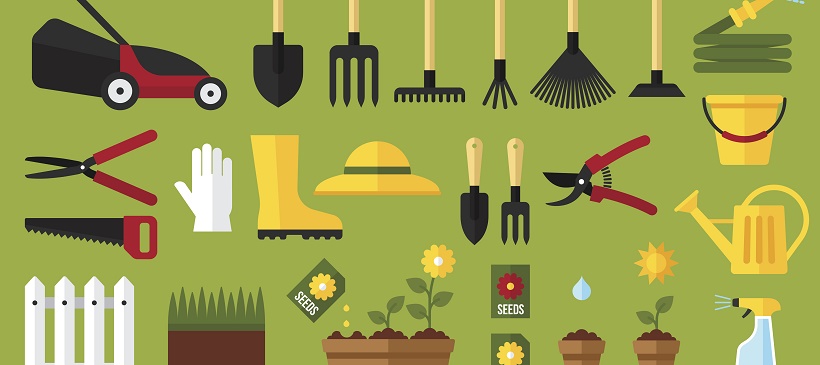
Birds chirping, flowers blooming—the return of spring is always a welcome event here in Austin. If you step outside and are dismayed to find bare branches, brown grass and withered plants, don’t despair. This Texas landscaping guide will whip your yard back into shape in no time.
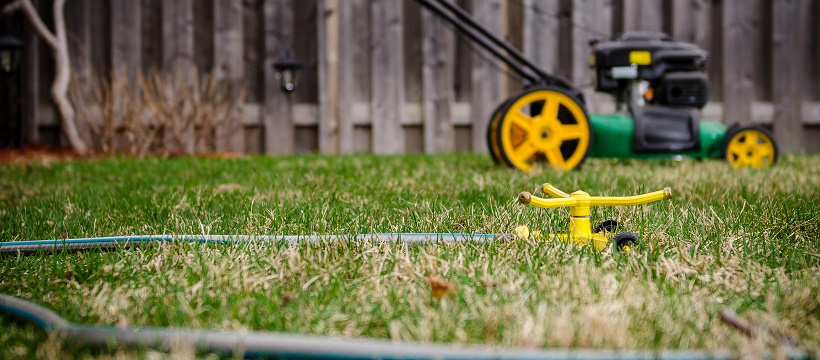
Reviving your lawn
Texas lawns don’t always emerge from winter looking their best, but that’s only temporary. For all the fuss that some people make about their lawns, it’s important to remember that grass is tough and generally takes care of itself. That being said, there are a few things you can do to help it along this spring.
- Seeding: Look for bare areas that need to be re-seeded. Also, apply new seed in April when the soil temperature reaches about 70 degrees Fahrenheit. Common grass varieties in Austin include St. Augustine Grass, Zoysia and Bermudagrass.
- Fertilizing: Do a soil test (available at your local Texas A&M AgriLife Extension office) to see if your lawn needs fertilizing this spring. Do not apply fertilizer until your lawn is at least 50% green.
- Watering: Water your lawn once a week for 10 to 15 minutes per area through April, and then two or three times per week starting in May.
- Mowing: Once your lawn is mostly green, you can start mowing again. Set your mower height high enough to trim the tops of the grass blades, but not so low that it cuts them off near the base.
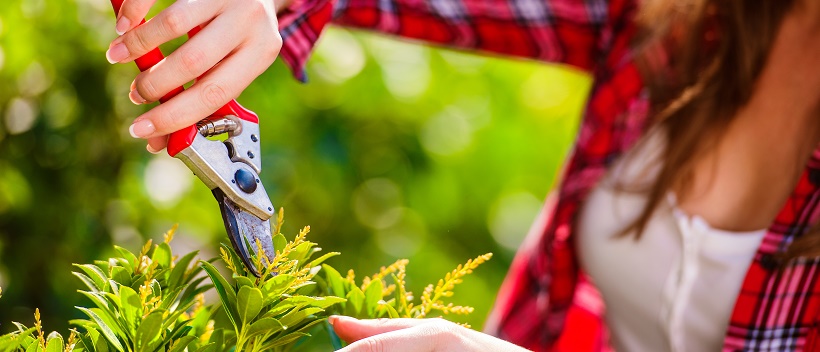
Tree and shrub care
Spring is a good time to freshen up the mulch around shrubs and hedge plantings like azaleas and camellias. If a shrub appears to have been overtaken by insects or disease during winter, then replace it completely.
This time of year offers a great opportunity to start pruning. However, methods of pruning vary depending on what types of trees and shrubs you have in your yard. Generally speaking, late winter and early spring are the best times to prune, as you’ll want to prune before new growth appears. To avoid damaging the plant, do not prune if new growth has already started.
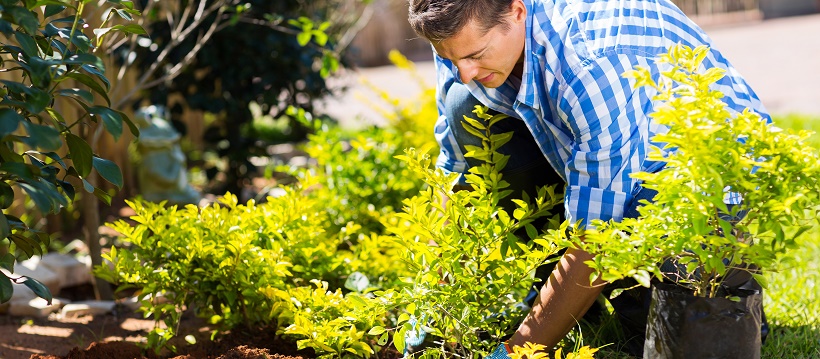
Starting a garden
Your front and back yard offer limitless potential for gardening. Whether you’d like to plant daffodils along your walkway or tomatoes in a raised bed, spring is the perfect time to get started.
- Annuals: Many spring-planted annuals will bloom throughout the summer. The best time to plant varies by species, allowing you to continue putting in new flowers from February right up through May.
- Vegetables: Hardy vegetables like broccoli, carrots and Swiss chard can be planted as soon as February or early March. For more tender crops like tomatoes, peppers and squash, wait until all danger of frost has passed (usually late April or early May).
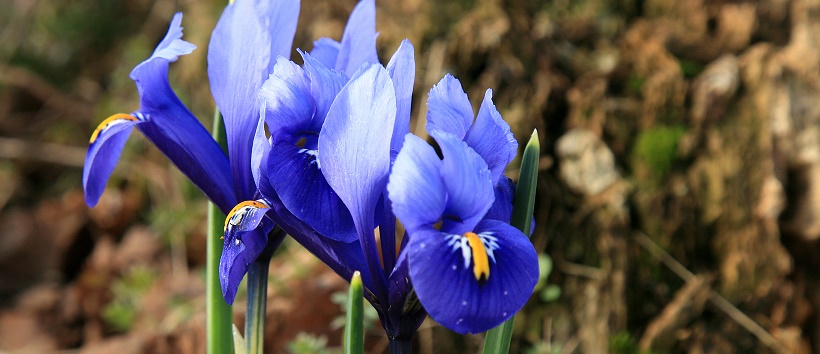
Choosing landscape plants
Plenty of plants look good in Texas gardens, but that doesn’t mean they’re cut out for the climate. Before adding plants to your landscape, check their hardiness zones and ensure they’re suited to the region. Austin is right around the border between hardiness zones 8a and 8b, which means plants rated for those zones are just right for your garden. Great options for central Texas include:
- Blackfoot daisy
- Bluebonnet
- Dahlberg daisy
- Esperanza
- Fall aster
- Iris
- Larkspur
- Oxblood lily
- Perennial hibiscus
- Petunia
- Poppy
- Purple coneflower
- Snapdragon
- Zinnia
This Texas landscaping guide will get your lawn and garden off to a great start this spring. Check out our gardening guide for more tips on sprucing up your new lawn.